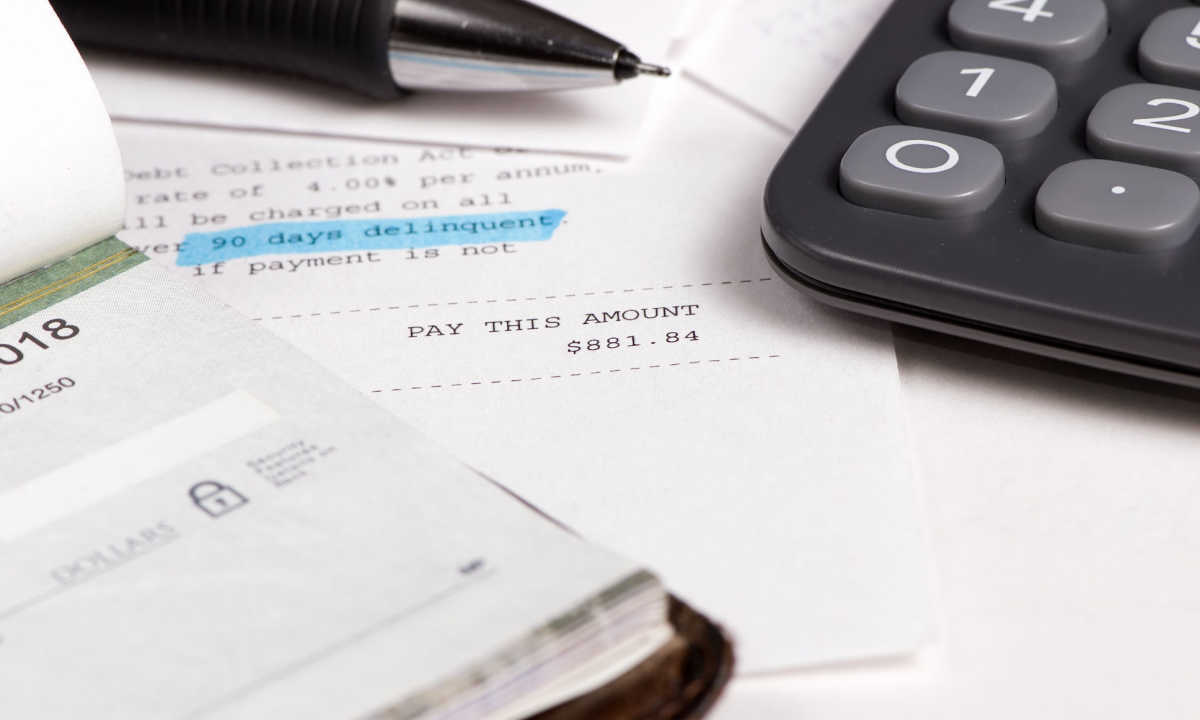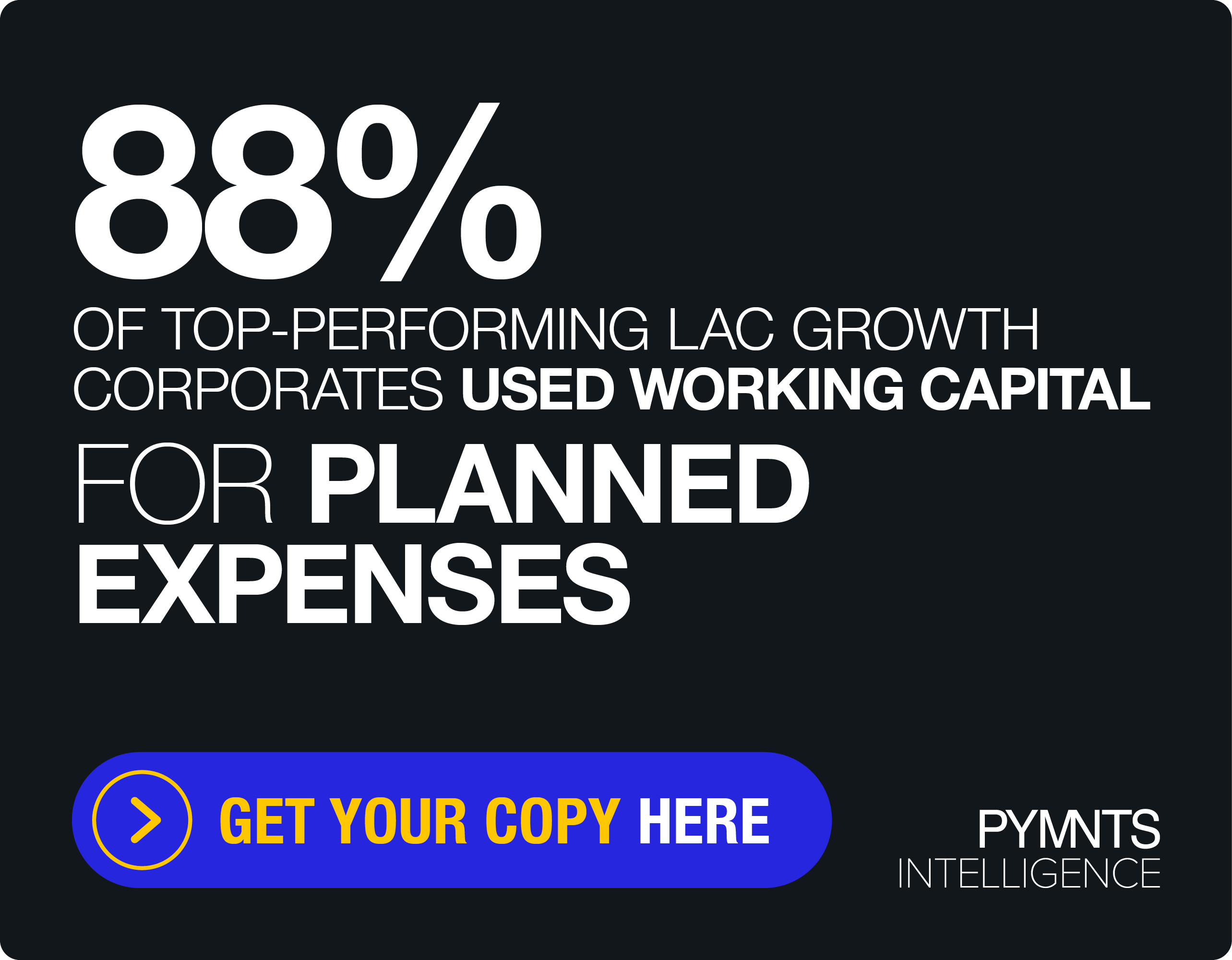Subprime Delinquencies Show Pressures of Paycheck-to-Paycheck Life

Rising delinquencies among subprime and near-prime borrowers reveal the strain of living paycheck to paycheck.
In a spate of earnings reports these past few weeks, various lenders — banks and digital platforms among them — have spotlighted the fact that delinquencies and charge-offs are ramping back up, off pandemic lows, rapidly. And though many of these companies state that their lending portfolios’ metrics are manageable, and indeed are normalizing, the trends bear watching.
Paycheck to Paycheck and Less than Prime
Generally speaking, subprime borrowers have credit scores of 580 to 619, and near-prime borrowers have credit scores of 620 to 659. And PYMNTS research finds that consumers who live paycheck to paycheck and are struggling to pay their bills each month have a below-average credit score of 613. The average credit score for all consumers who live paycheck to paycheck is 664 — and since a majority of us, at 64%, live paycheck to paycheck, per the most recent findings, the read across is that a significant portion of the U.S. economy sits within the subprime and near-prime designations.
As for the trends …
Enova, which uses advanced analytics and digital channels to extend loans and financial services to the non-prime segments, said in its supplemental financial information that in the most recent quarter, consumer loans that were more than 30 days delinquent stood at 8.2% (of loan receivable balances). That’s up from 6.3% last year and up from 7.3% in the third quarter. Net charge-offs in the consumer segment were 16.3% in the most recent quarter, up from 13.3% from a year ago, and from pandemic-era lows of 4.7%.
During the conference call with analysts, Enova CEO David Fisher said that net charge-offs of the combined portfolio (including SMB lending) were 8.8% in the fourth quarter. “Net charge-offs remain well below pre-COVID levels of 15.6% in Q4 of 2019 and 16.1% in Q4 of 2018 from a combination of mix shift and good credit management. Our analytics team has continuously refined our machine learning-powered model that have been the foundation of our ability to manage credit risk,” he said.
Later in the call, with a nod to the consumer, he said, “for our consumer business, we know that nonprime customers are familiar with living paycheck to paycheck and are adept at managing variabilities in their cash flows. In some ways, our customers are always in a recession. And so we believe that recessions have less of an impact on our customers than on prime borrowers. This is especially true when employment and wages remain high as we are currently experiencing.”
Other lenders with significant exposure to less-than-prime borrowers have noted the increase in charge-offs and delinquencies. As noted in this space earlier in the month, Capital One Financial — where 69% of the company’s domestic card business had FICO scores greater than 660, with the remainder below that threshold — has seen its 30-day delinquency rate in the domestic card business increase, at 3.4% in the December quarter, up from 2.2% last year.
One key pain point for the less-than-prime segment remains auto loans. Capital One, for example, disclosed in its filings that FICO scores for 47% of loans at origination were below 660. Net charge-offs here were 1.7%, up from 0.6% last year. Credit Acceptance, for its part, has decreased its forecast collection rates on several of its loan “assignment years,” most recently to a 66% rate for 2021 and 2022 vintages, where the rate has been in the low 70% for older loans.
For the moment, at least, as PYMNTS has found, 4 out of 10 consumers think their financial situations will improve in the coming year, roughly another 4 in 10 say their incomes will keep up with inflation. The balancing act will be a tough one … and as delinquency rates and charge-offs are reported each earnings season, we’ll find out if the smoke signals translate into fire.
